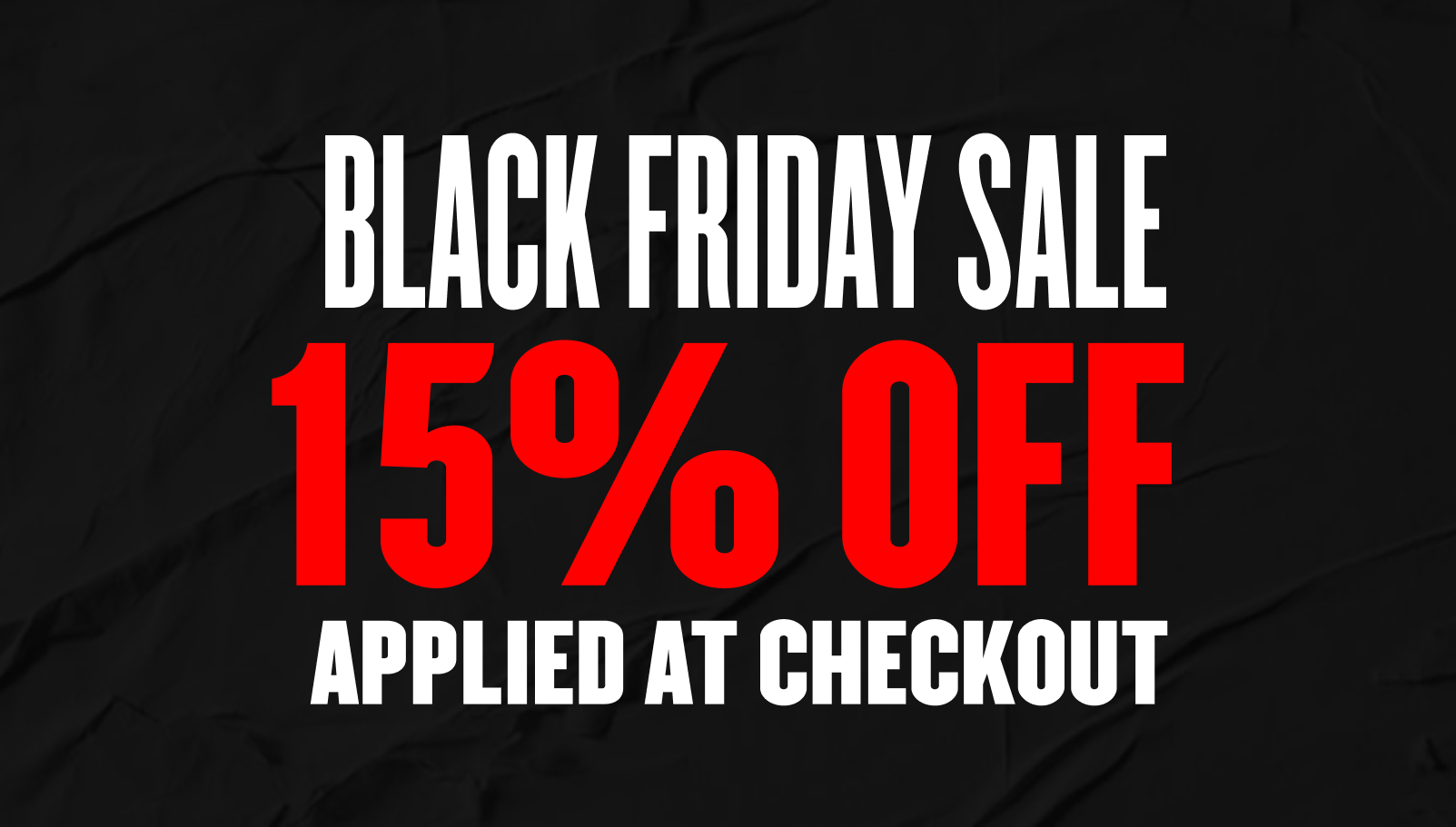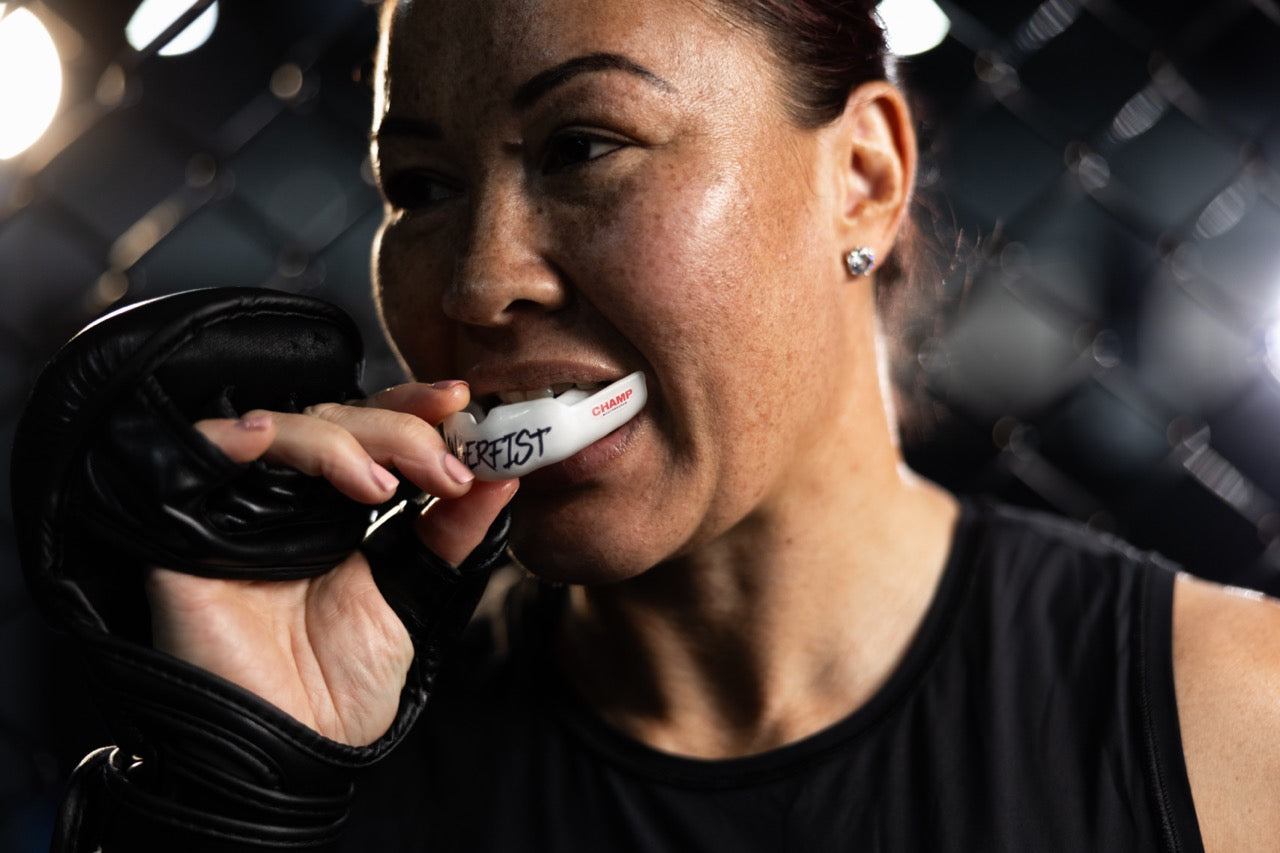Once upon a time, contact sports were seen as a boys’ club. Not anymore. From rugby league and AFL to boxing and MMA, women are stepping onto the field, into the ring, and onto the mat, changing the game as they go.
Women’s participation in contact sports is at an all-time high. More than 600,000 girls and women are now playing footy and rugby across Australia. The 2023 FIFA Women’s World Cup reached two billion people globally, and the Australian government is finally taking notice, with $200 million pledged to women’s sport in 2022. But while the momentum is strong, there’s still a long way to go.
Getting in the game
Women and girls continue to face real barriers to participation. A lack of safe and accessible facilities, cultural and social pressures, and gear that isn’t built with female athletes in mind all contribute to the drop-off in participation during the teenage years. By the age of 15, fewer than a third of Australian girls continue with sport, and the number is even lower for First Nations women.
Even at the elite level, the challenges persist. According to the Australian Sports Foundation, 46% of elite athletes in Australia earn less than $23,000 per year, placing them below the poverty line. And though both genders often must rely on competition prize money to support their endeavours, globally female athletes are estimated to earn just 1% of what their male counterparts make through sport. Most female athletes are juggling jobs, training, and competition just to stay in the game.
Ellie Johnston, NRLW player for the Cronulla Sharks, knows this reality all too well. “There are always going to be challenges in any sport you play, but as an NRLW athlete a big one is definitely having to work alongside training basically full time,” she says. “That’s where our game is developing, and I do think it’ll change in the next few years.”
 Source: Ellie Johnston's Instagram (elliejohnston123)
Source: Ellie Johnston's Instagram (elliejohnston123)
She adds, “Being part of a male-dominated sport means more than just playing the game. It’s about changing the game. It gives me a sense of purpose, knowing I’m helping pave the way for the next generation of women in sport.”
Committed to protecting female athletes
At CHAMP, we believe everyone deserves to play, feel safe, and be seen. That’s why we create protective gear that actually works for female athletes. Our chest guards are designed to protect the breast area without restricting movement or comfort. Protection like this shouldn’t be optional. It should be standard.
Arlene Blencowe, a professional MMA fighter, remembers how isolating her sport was at first. “Early on, often I would be the only female on the mats,” she says. “But this journey has not only made me more resilient but has also strengthened my resolve. I’m so passionate about advocating for women in the sport and actively work to nurture the next generation of female athletes. By sharing my experiences and offering guidance, I aim to support young women as they navigate their own paths.”

Change doesn’t just happen at the elite level. It starts at the grassroots, with girls who want to play but aren’t sure if there’s space for them. Coaches, clubs, and communities all play a part in making sport safer, more inclusive, and more welcoming for everyone.
CHAMP is proud to support female athletes by giving them the protection they need and the respect they deserve. Because sport is better when everyone gets to play.

